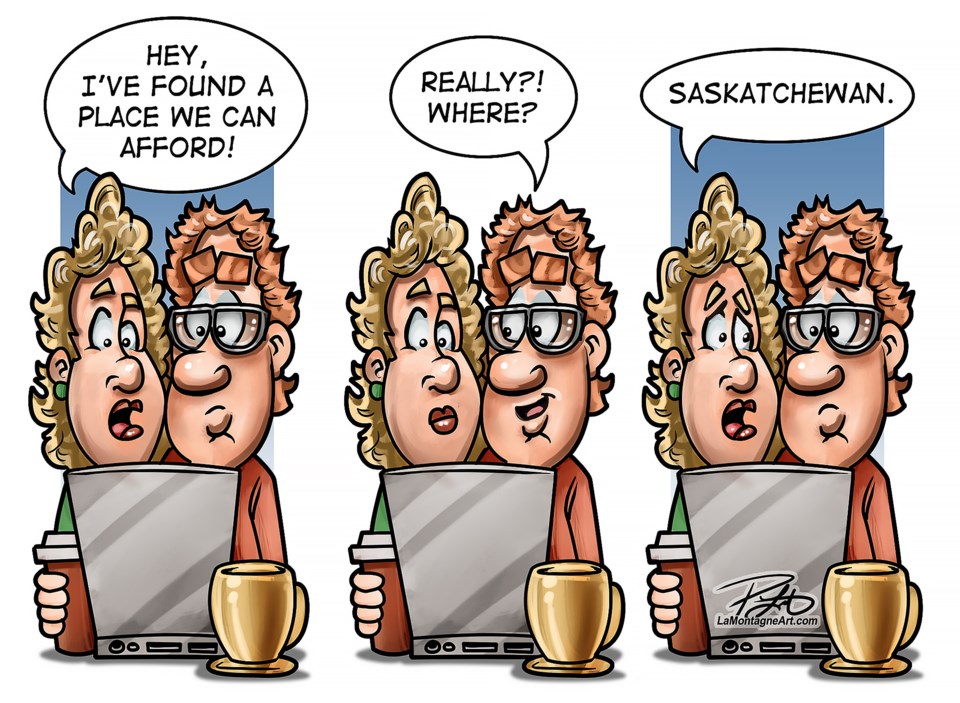The single greatest issue in the Bow Valley is housing.
It has been for several years and will continue to be for the foreseeable future.
The same is true throughout not only Canada, but much of the world as municipalities, provinces, states and countries race toward responding to the issue.
All communities have invested a significant amount of time and resources in addressing local municipal needs.
Canmore has the Palliser Trail area structure plan underway as well as limiting the growth of tourist homes, finding ways to incentivize full-time residents and purpose-built rentals.
Banff has changed several zoning- and policy-related to spur residential growth with a focus on density and is analyzing all available land in its legislative footprint to build affordable housing.
The smaller communities of MD of Bighorn, Lake Louise and Îyârhe Nakoda First Nation also have funding or development ongoing to support local needs.
There are several private sector projects either ongoing or nearing the start of construction, with various plans at different stages of permitting.
Though Banff has its housing corporation and Canmore Community Housing is an arm’s length organization separate from the Town of Canmore, a more connected and fulsome view of establishing and maintaining housing is needed in the valley.
When employers look at housing, they don’t restrict themselves to the community they serve.
A large-scale hotel in either Banff or Canmore will look far and wide to have housing options for its employees since if they don’t have a place to live, the business will struggle to run.
The soon-to-be constructed employee housing in The Gateway at Three Sisters is likely to have workers from all over the valley calling it home, which is becoming far more common.
All too often, the neighbouring municipalities have only a vague understanding of what is happening next door to them. And in fairness, they have more than enough on their plates to focus on a neighbour.
The demand for housing has only continued to grow and shows no sign of slowing down.
A 2019 housing needs study for the valley estimated about 1,100 units of non-market housing were needed, but the COVID-19 pandemic has smashed the previous projections.
Canmore’s Livability Task Force projected 2,100 affordable units would be needed for residents by 2030 and Banff has estimated it has a shortfall of 700-1,000 units.
It not only impacts the public sector, but all industries that need a wide array of living options for their workforce.
In the valley, commissions already exist where partnerships are needed for success.
The Bow Valley Waste Management Commission has Banff, Canmore and the MD of Bighorn regularly meeting to address waste and recycling.
The Bow Valley Regional Transit Services Commission has Banff, Canmore, Improvement District No. 9 and Parks Canada working together to create and maintain interconnected transit in the region. Kananaskis Improvement District and MD of Bighorn are similarly working with one another to test the viability of public transit between the two municipalities.
Bow Valley Regional Housing has Banff, Canmore, Kananaskis Improvement District and MD of Bighorn combining efforts for seniors housing, which also allows it to levy taxes on member municipalities.
However, similar to emergency response agreements, the valley communities could benefit from better communication and working relationships in terms of housing.
Existing commissions have been successful and emergency response agreements have proven to be fruitful time and again.
Unlike those commissions, a valley-wide housing committee would need to involve both the public and private sectors working together to better understand the needs, causes of hold-ups and how to fix situations for the betterment of the region.
To get there, it will take significant political capital since more resources would be needed and a well-defined mandate since the end goal of the public and private sectors can often be different endgames.
In solving or minimizing the local housing crisis, all outcomes and working relationships need to be looked at.
A regional-wide approach could be another key cog in getting there.




